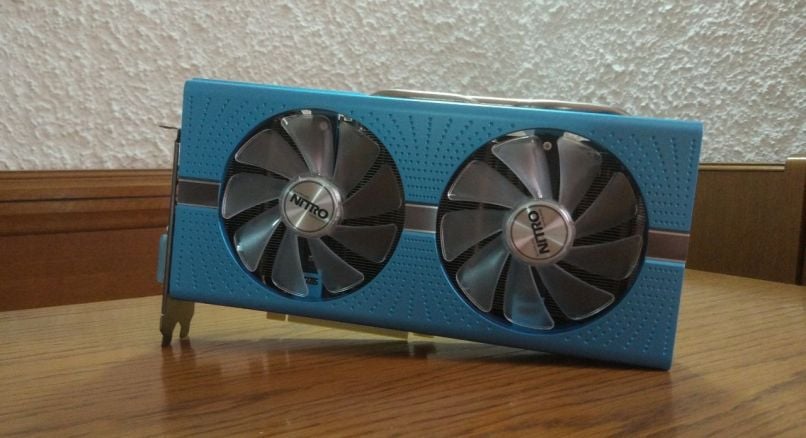Grin was often the focus of attention amongst miners in the early part of 2019, as it is one of the few cryptocurrencies that has remained immune to ASICs, or rather, equipped with a double PoW capable of compensating equally both GPU miners and ASIC miners.
The cryptocurrency based on the MimbleWimble protocol, a blockchain protocol proposed in 2016 by an encryption expert nicknamed Tom Elvis Jedusor, boasts two types of Proof of Work: one for GPUs and one for ASICs, thus offering fair mining rewards according to the hardware used.
The first PoW, Cuckaroo, is ASIC Resistant and is therefore suitable for GPU mining. The second PoW, Cuckatoo, is ASIC Friendly. At the moment, several ASICs for Grin have already been announced and are expected to be available before the end of the year.
Initially, 90% of the mining rewards will go to the Cuckaroo algorithm. This PoW is forked every six months – the first fork took place in July – in order to remain ASIC Resistant. However, Cuckaroo’s rewards will decrease every month by 3.75%, until there is no longer any economic return after two years of mining. At which point the entire PoW will be relegated to the ASICs.
In this in-depth analysis, we will briefly compare the performance of the main AMD and Nvidia video cards in Grin mining.
Cuckaroo Mining: the GPU-friendly and VRAM-loving PoW
Grin algorithms require a large amount of memory to work. In particular, the GPU-compatible Cuckaroo29 variant uses more than 5.5GB of video memory.
When mining on Windows, it is worth considering a few more hundred MB of VRAM allocated by the system. This means touching the 6GB of video memory as a requirement. The situation is more favourable on Linux, although the 6 GB of VRAM are still required.
To mine Grin with maximum performance, GPUs with at least 6GB of VRAM are necessary. AMD houses the Rx 570, 580 and 590 with 8GB of VRAM, followed by the Vega 56, 64 and VII and the latest Navi Rx 5700 and 5700 XT.
Whereas Nvidia has the GTX 1060 6GB, 1070, 1070 Ti, 1080, 1080 Ti and the new RTX 2060, 2070, 2080 and 2080 Ti, also in their Super variants. Of these, only those with at least 11GB of VRAM will be able to run both PoW for GPUs and ASICs. In fact, the Cuckatoo31+ ASIC-friendly algorithm requires at least 11GB of memory.
Obviously, the extra memory will further improve the performance of Cuckaroo29 and Cuckatoo31+. Having said that, here’s the performance of the above-mentioned cards.
Grin Mining: the performance of AMD video cards
Looking at the tests published by the miner community on Reddit and Facebook, it is immediately possible to observe that Nvidia’s Grin mining solutions have much better performance per watt than AMD’s cards.
The AMD Rx 570, 580 and 590 video cards, in fact, which have very similar hardware specifications, obtain on average between 1.6 and 2 GPS, with an average consumption of about 120-140 Watts.
The old Vega 56 and 64, on the other hand, can go up to 3.5 and 4 GPS respectively, with a power consumption close to 160-170 Watts. The most recent Vega VII is able to exceed 5 GPS, with fairly low consumption of about 160 watts.
Although they are quite recent, someone has already tested the new AMD Rx 5700 and 5700 XT, which were announced about a month ago and are still difficult to find on the market.
As can be expected, thanks to the new RDNA architecture, these cards can now only be used for Monero mining, reaching a maximum of 1600-1700 H/s for the XT variant. The possible performances for Grin mining, on the other hand, are still unknown.
Grin Mining: the performance of Nvidia video cards
Moving on to Nvidia, the old but popular GTX 1060 6GB can reach as many as 2.3 GPS, rising up to 2.5 GPS after OC.
All with less than 100 watts of absorption at stock frequencies. The GTX 1070 goes up to 4 GPS, while the GTX 1070 Ti goes up to 4.5 GPS, both with power consumption between 130 and 170 Watts.
The GTX 1080 achieves between 5.7 and 6 GPS with a power consumption of 190-200 Watts. Finally, moving to the GTX 1080 Ti, it reaches 7.5 or even 8 GPS depending on the miner used and the overclock. All with a consumption of about 180-200 Watts per card.
The RTX series raises the performance bar even further, starting with the entry-level RTX 2060. This card in fact, can achieve 5.8 GPS, while the most recent Super variant, touches the 7 GPS.
Among the more powerful models, the RTX 2070 reaches about 7.7 GPS, while the RTX 2080 can get up to 8.8 GPS overclocked, with about 200 Watts of power consumption. The respective Super variants, on the other hand, go relatively further with 8.3 and 9.2 GPS, but with slightly higher consumption.
Finally, the RTX 2080 Ti achieves the hashrate record of 9.5 GPS, which with OC, can go up to 10 GPS, with about 250 watts of power consumption.



